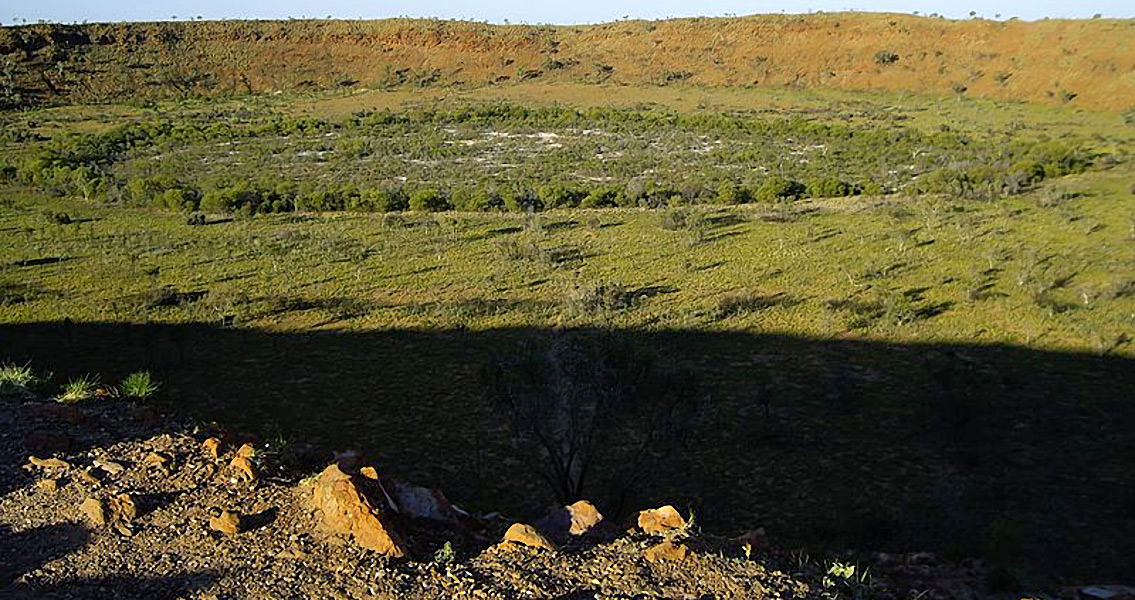<![CDATA[Geophysicists from the Australian National University (ANU) have found the impact zone of a huge meteorite strike that may have occurred more than 300 million years ago in central Australia. There are no traces of the impact on the surface of the earth, but evidence of it is present in the crust. Part of the discovery was initially made two years ago, when scientists came across one half of the impact. Now, researchers from the School of Anthropology and Archaeology conducting geothermal research in the Warburton Basin, close to the border between Queensland and the Northern Territory, have located the other half of the impact site. What has been found out so far is that the meteorite split into two asteroids before hitting the Earth’s surface, with each of the two pieces measuring more than 10 kilometres in width. The eastern part of the impact zone is the one that was identified back in 2013, and now the researchers have pinpointed the western half. What remains unclear, however, is the effect this event had on the ecosystems in the area. While it is doubtless that such an impact could, and in all probability did, wipe out a number of species, and not just on the Australian continent, what they were remains a mystery. The research that led to the discovery involved drilling to depths exceeding 1.6 km. In the process, the ANU team found that the Earth’s crust had fractured in several places at a depth of almost 20 km. These fractures seem to be the result of the extremely high temperatures and increased pressure that accompany a meteorite strike, turning rock into glass. Team leader Dr. Andrew Glikson said the implications of the event were far-reaching but exactly how far-reaching was impossible to say. He added that the strike could have altered the course of the evolution of the planet, as it would have caused significant ash discharges into the atmosphere, leading to climatic anomalies that must have been fatal to various species of flora and fauna at the time. Dating the meteorite strike with any further precision beyond saying it occurred between 600 million and 300 million years ago would be a very difficult task. The usual manner in which such events are dated is by examining the sedimentary layers in nearby rock formations - sediments reveal things like ash accumulations following an explosion or an impact. In this case, however, there is no such data, Glikson said. The formations surrounding the site, however, are 300-600 million years old, which has given the scientists some sort of a loose time frame. What is perhaps more curious, is that although it is indisputable that a meteorite strike of such magnitude should have wiped out a lot of plants and animals, researchers have hit a wall trying to identify an extinction of relevant proportions during the time period under study. So far, the biggest event of this kind, which is believed to have been responsible for wiping out the dinosaurs, occurred 66 million years ago in Mexico. Given that the Australian strike took place much earlier, it becomes clear why it would be difficult to estimate the actual scope of its implications. Image courtesy of Wikimedia Commons user: Happy Little Nomad ]]>
400-km Meteorite Impact Zone Found in Australia
